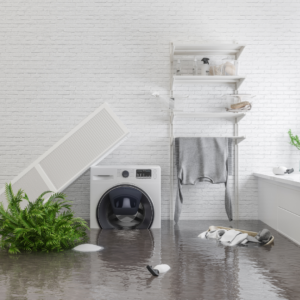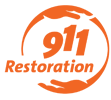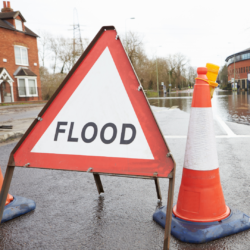Water damage is a common problem that many homeowners encounter. It can be caused by various reasons such as natural disasters, leaks, or floods. In the event of water damage, it’s essential to know what type of water damage you’re dealing with to understand the best course of action required.
Category 3 Water Damage Explained
Category 3 water damage, often referred to as black water damage, stands as the most severe and hazardous type of water damage. It typically occurs when water is heavily contaminated, posing significant health risks to both humans and animals. This contamination can originate from sources such as sewage backups, rising floodwaters carrying debris and contaminants, or even stagnant water that has become a breeding ground for harmful microorganisms.
Risks of Category 3 Water Damage

The danger lies in the fact that Category 3 water contains hazardous substances, including bacteria, viruses, chemicals, and other pollutants. Direct exposure to this water can lead to various health issues. These health risks range from gastrointestinal problems to respiratory infections and even severe allergic reactions. Therefore, it is crucial to exercise extreme caution and take immediate action if you suspect Category 3 water damage on your property.
Prioritizing your safety and the safety of others becomes paramount if your property experiences this level of water damage. It is of utmost importance to avoid any contact with the contaminated water and promptly seek professional help. Water damage restoration companies specialize in handling such situations. Restoration companies possess the necessary expertise, advanced equipment, and safety protocols to effectively remove the contaminated water and restore your property to its pre-damaged state.
Water Damage Restoration Process for Category 3 Damage
When dealing with this level of water damage, the restoration process typically involves several vital steps:
Thorough Assessment: The first crucial step in the water damage restoration process is a comprehensive assessment of the extent of the damage and the identification of the water source. This assessment enables the restoration professionals to devise the most suitable plan of action, implement appropriate safety measures, and determine the areas that require immediate attention.
Efficient Water Extraction: Once the assessment is complete, the next step is to promptly remove the standing water from your property. This process involves utilizing specialized equipment such as powerful pumps and industrial-grade vacuums to extract the water efficiently. By swiftly removing the water, further damage to the structure and contents of your property can be minimized.
Thorough Drying and Dehumidification: After the standing water has been eliminated, the affected area must undergo a thorough drying and dehumidification process. This step is essential to prevent the growth of mold, mildew, and other microorganisms that thrive in damp environments. Restoration professionals employ specialized dehumidifiers, high-powered fans, and moisture detection tools to ensure complete drying of the affected surfaces, including walls, floors, and furniture.
Intensive Cleaning and Sanitization: Category 3 water damage necessitates thorough cleaning and disinfection procedures to eliminate harmful contaminants and minimize health risks. Restoration experts employ professional-grade cleaning agents, antimicrobial treatments, and specialized techniques to sanitize all affected areas and belongings. This meticulous cleaning process helps restore a safe and healthy environment within your property.
Comprehensive Restoration: The final stage of the restoration process involves the comprehensive restoration of your property to its pre-damaged condition. This step may entail various tasks, including repairing or replacing damaged structural components, flooring, insulation, electrical systems, and other affected elements. The goal is to restore not only the aesthetics but also the functionality and safety of your property.
Conclusion
Category 3 water damage represents a severe and potentially dangerous situation due to the presence of highly contaminated water. If you suspect or confirm Category 3 water damage on your property, it is crucial to prioritize your safety and the well-being of others. Seeking immediate professional assistance is crucial to ensure that the necessary steps are taken promptly and effectively. By engaging the services of a reputable water damage restoration company, you can benefit from their expertise and experience in dealing with Category 3 water damage.
Remember, the restoration process should never be attempted as a DIY project in cases of Category 3 water damage. Professionals possess the knowledge, specialized equipment, and proper safety protocols to handle the hazardous contaminants effectively. They follow industry best practices and guidelines to restore your property to its pre-damaged state, providing you with peace of mind and ensuring the safety of your living environment.
Additionally, it’s worth noting that insurance coverage for water damage can vary depending on the specific policy and the cause of the damage. It is advisable to review your insurance policy and contact your insurance provider as soon as possible to report the incident and initiate the claims process. Insurance professionals can guide you through the necessary steps and documentation required to ensure a smooth and timely claim resolution.


